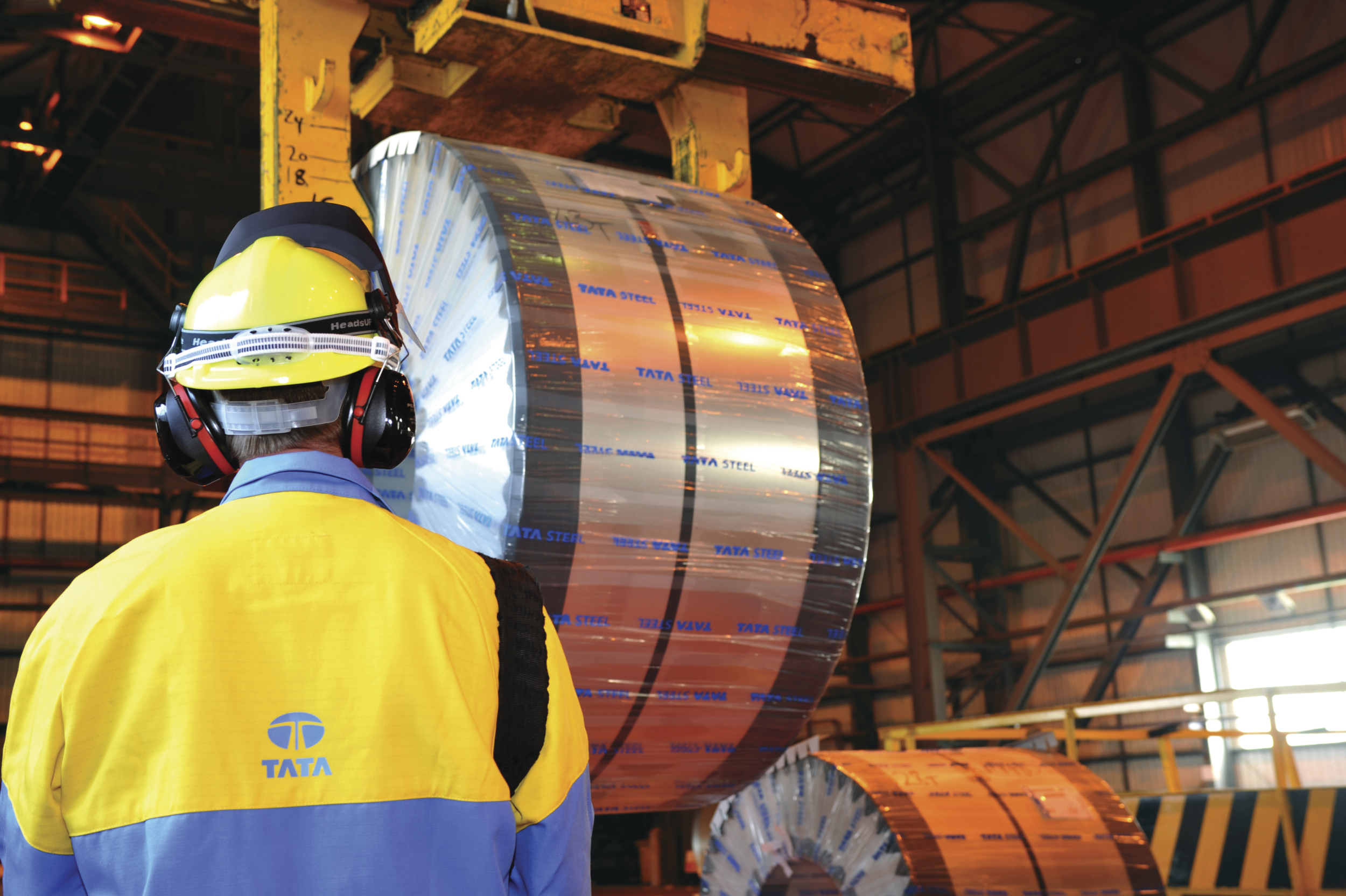Between 1950 and 2018 the worldwide production of crude steel grew from 189 to 1,808 million tonnes – more than a 900 percent increase in less than 70 years. Over half of the world’s steel is now used for buildings and infrastructure. The need is set to increase, particularly in urban areas, with the global population expected to reach 8.6 billion by 2030 and 9.8 billion by 2050.
Steel is one of the most important and in-demand resources. This is especially true in construction where steel has an irreplaceable role. It is used to some extent in almost every building area, from the structure to the envelope.
While steel is crucial, it is also very recyclable. Here, we explain just how recyclable (and important) steel really is.
Is steel recyclable?
Steel, the likes of which we use in our lintels, plasterbead, and builder's metalwork is one of the most recyclable and recycled materials. One of the key properties of steel is that, unlike other materials such as some plastics, it can be melted down. This means that steel is infinitely recyclable, with no quality degradation. The high level of demand means that it’s valuable and cost-effective to recycle.
Steel is also easy to sort and reclaim in large quantities because it can be easily separated from other metals using magnets. Since 1900 over 25 billion tonnes of steel have been recycled worldwide.
How recyclable is steel?
In addition to optimising the use of finite resources, there are also significant environmental benefits. Each tonne of recycled steel is estimated to save more than 1,400 kg of iron ore, 740 kg of coal and 120 kg of limestone.
Recycling scrap also requires far less energy compared to producing virgin steel. This means that products manufactured using recycled steel have a much lower environmental impact.
When choosing building products for a project it is also important to look at the sustainability and environmental policies of the manufacturer. For example, Catnic has achieved the ISO 14001 standard for environmental management and our products are manufactured in line with BES 6001 Responsible Sourcing standards.
This maximises the potential for securing credits under the Responsible Sourcing of Materials sections of BREEAM, the Code for Sustainable Homes and CEEQUAL.
Choose an eco-conscious steel provider
We at Catnic are passionate about the environment, and we’re on a mission to become the most sustainable lintel manufacturer in the world. We aim to be Net Zero by 2030 with further goals of achieving zero carbon logistics by 2050.
Join us on our sustainability adventure and choose an environment-focused partner on your next project.
More
-
![Coastal property in middle east housing complex, with external render finish]()
- Plaster Bead & Mesh
- Guide
A Specifier’s Guide to Choosing the Right Plasterers’ Beads for Hot, Humid and Coastal Environments
-
![]()
- Plaster Bead & Mesh
- Guide
How to Fix an Angle Bead to Plasterboard


